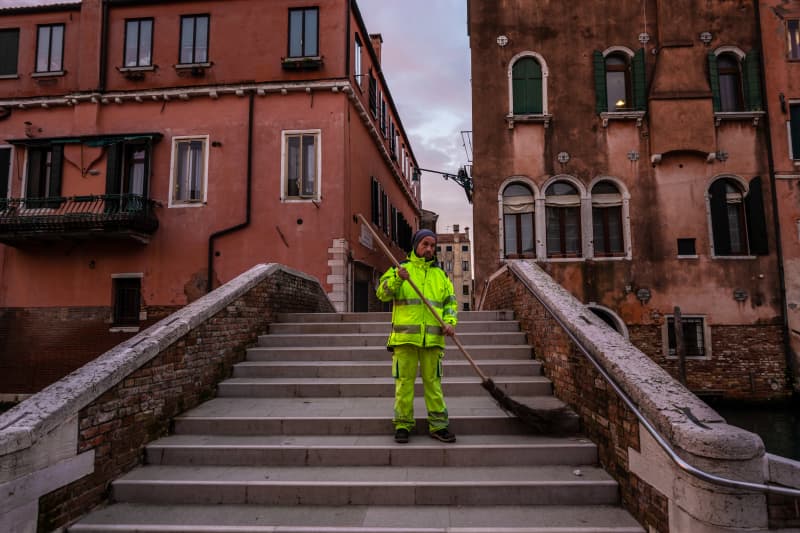The tourist crowds have almost killed authentic Venetian life. We met locals who want to save their hometown.
– Venice should be made a luxury product. Limit the number of visitors and attract well-off elites and cultural people who also want to give something to the city, is one opinion in a heated debate in a Venetian café.
It is located next to the city’s most iconic site, St Mark’s Square. A dissenting opinion can be heard behind the bar.

Tourism has made Venice an unsustainable place for locals to live. Housing and food costs many times more than in nearby areas.
The population of the center of Venice has fallen to less than 50,000, but there are around 20 million tourists every year.
Those who stayed in the city criticized the decision-makers’ ways of curbing excess tourism as insufficient and contradictory.
The city administration’s latest project will make the place the first city in the world where soon it will no longer be possible to enter without an entrance ticket. Every visitor has to pay 3-10 euros to enter Venice.
The reform was supposed to be in effect already in January, but its entry into force has been postponed at least until next summer. It is still unclear who, in addition to day tourists, has to pay to enter the city.
Around St. Mark’s Square, it is common to ask for six euros for a cappuccino.
Gianluigi Wahba’s cuppa is different: they don’t sell coffee here, but the prices of drinks, for example, are not measured in tens but in euros. The pride of the region, the Aperol Spritz, costs less than a vito.
A barefoot Venetian wants locals to be able to return to places they once considered ruined by mass tourism. Just like Saint Mark’s Square.
That’s why Wahba started running a cuppa called Ai Do Leoni with his siblings just over five years ago. Like the neighboring cafes, he could have started selling drinks to tourists at an overpriced price, but he didn’t want to.
– The Venetians looked down their noses at this place. It took a lot of work to attract the locals back, Wahba says.
First came the cultural influencers, and now even fans of the local football team visit the bar – i.e. \”real Venetians.\”
Wahba’s goal was successful, but the city’s problems lie deeper.
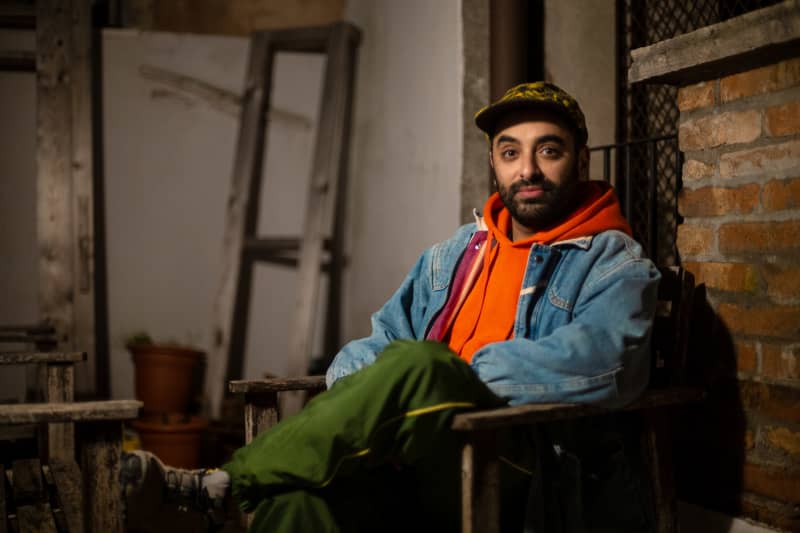
Many others have ended up leaving. In 1950, almost 175,000 people lived in the historical center of Venice, but the population has collapsed over the years. Last year, the population dropped to less than 50,000.
If the trend continues as strong, the historic center will be completely empty in the next three decades.
In 2009, the people of Venice already organized a funeral for their hometown. At that time, along the Grand Canal that cuts through the city, a gondola floated with a pink coffin on board, which the inhabitants had dedicated to the lost city.
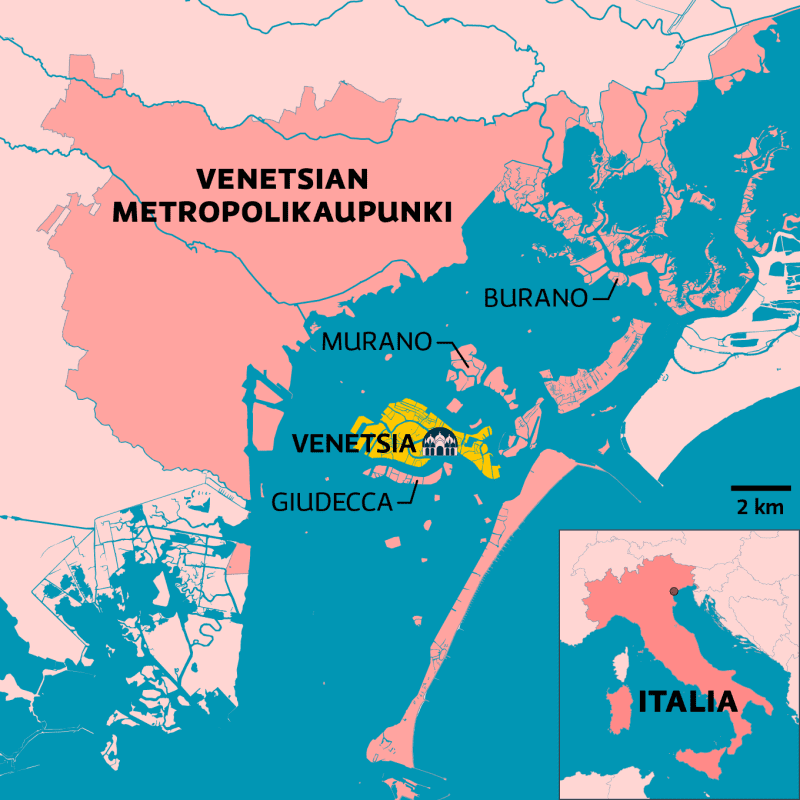
The housing shortage is one of the reasons why Venetians leave. Over time, buildings have been converted into hotels, and in recent years airbnb accommodation, i.e. short-term renting of apartments, has become a trend.
There are now more beds for tourists in the city than there are residents in the historic center.
What’s left is a place populated by tourists, with no locals to be seen in the luxury shops.
\\- Sometimes people who come to the bar ask where St. Markus square is, and the bar is located there. That is not respectful behavior.
According to him, people should come to the city to experience and see it over time – not to go there and leave.
In addition, short-term renting should be curbed, he says.
\\- Owners should be offered tax breaks if they decide to rent their apartments to locals. As long as this is not the case, the situation will not change.

After a long battle of exhaustion, the activists recently won one significant victory when large cruise ships were denied access to the historic center.
The decision-makers in Venice took measures partly due to international pressure. Among other things, the UN cultural organization Unesco has found out how tourist hordes threaten Venice’s status as a world heritage site.
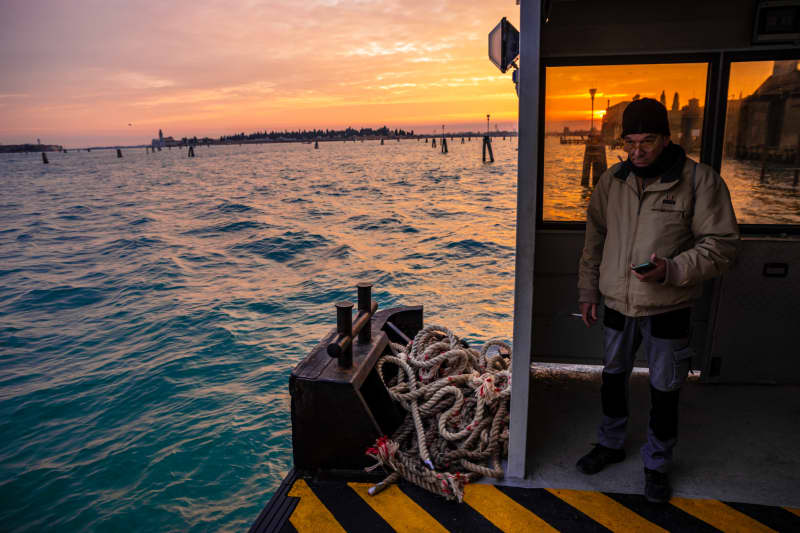
The latest idea to control tourism is an entrance fee, which the administration plans to start charging day-trippers to the city this year.
The reform was supposed to come into effect in mid-January. The communications department of the municipality of Venice told Yle by email that the reform will be delayed, as it is still being discussed with citizens and other stakeholders.
In practice, anyone coming to the city should reserve a place and pay an entrance ticket worth 3-10 euros in advance. The entrance fee would work like the price of plane tickets: it would be lower on less crowded days and higher on days when the city is crowded.
The entrance ticket would be delivered to a smartphone, and gates would be installed in the city to check it.
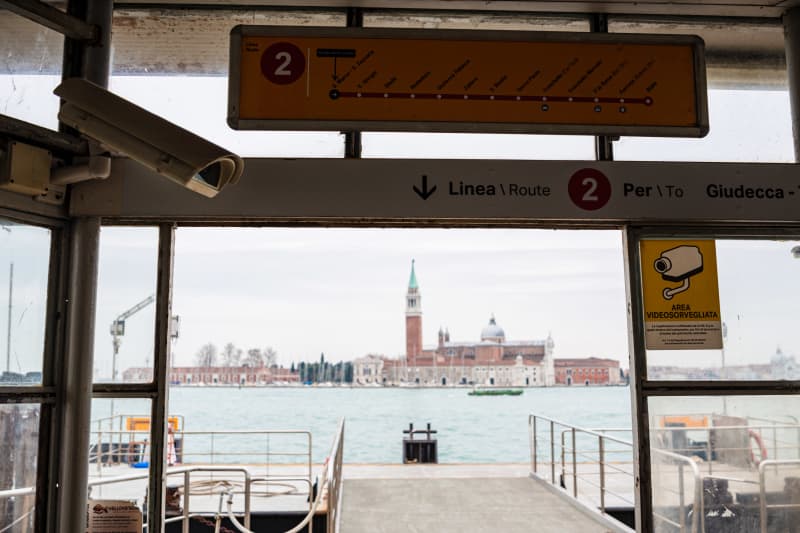
– At the same time, we accept the idea that this is no longer a city at all, but has really become an amusement park.
It is still unclear to Fiano who should pay the entrance fee. According to preliminary information, family members of people living permanently in the city would be exempt from the fee.
– But if friends want to visit me, I should register their personal information in the system so they can pay, Fiano gasps.
He also thinks about how effective this can be for regulating tourist flows, since no restrictions are set on the number of visitors.
But if there is a selection, who would the Venetians think has the right to come?
More and more people hope that visitors would not treat the sensitive city like a consumer product. They wouldn’t just visit, use and throw away.
– People move on boats. The residents’ relationship with the water bodies and the lagoon is fascinating, says Garatto.
Garatto is a designer who moved from Venice to Helsinki for work ten years ago. With the pandemic, he has returned to spend several months of the year at his home in Venice and works in both countries.
He hopes that people who come to Venice will be interested in protecting the lagoon city.
– Tourism could be developed in the direction of ecotourism. People would see local life and could tour the islands by bike, for example.
Garatto says that more and more investment has been made in cultural tourism outside the city center. For example, Giudecca Island accommodates people coming to Venice for the Architecture Biennale or the Film Festival.
According to Garatto, it seems that the hotel business has also gone in the direction of luxury.
– It seems that they want to invest in making Venice a place that few people have access to in the future.

*What do you think about Venice’s project to require an entry ticket from those coming to the city? You can discuss the topic until Monday, January 16 at 2023.*
Read more about Jenna Vehviläinen, Yle’s Italian editor:



